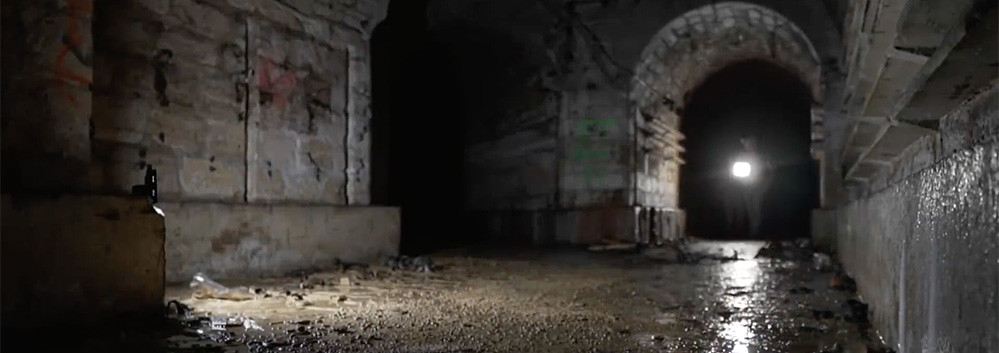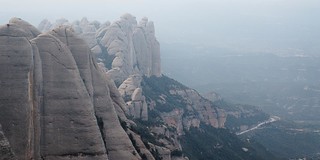Maginot: This is the interior of the fortified line that was constructed to stop Germany
In 1928 the north-east of France began the creation of a long line of fortifications that would extend from the border with Luxembourg to the vicinity of Switzerland: the famous Maginot Line.
This defensive line was intended to prevent an invasion of France like the one carried out by the German Army in World War I. The construction, which had a colossal cost in the middle of the economic crisis, was completed in 1939, just the year that the World War II began. The network consisted of several defensive lines, which included 142 bunkers connected by underground tunnels (many of them equipped with retractable towers armed with anti-tank guns), as well as hundreds of casemates, shelters and observatories, and thousands of small bunkers. The Maginot Line was based on the concept of war of trenches of the First World War, and it turned out to be a great strategic error, since its positions barely covered the border with Belgium, which is where the German forces penetrated in May 1940, flanking the fortified line in the west.
The Maginot Line was abandoned in the 1960s, although one of its positions, the Ouvrage du Hochwald, is still active as a command post for the French Air Force. The rest of the line of bunkers has ended up becoming one of the most famous and enormous ruins of the World War II. A week ago, the group of urban explorers Exploring the Unbeaten Path published a video in which they enter one of the bunkers of the Maginot Line, without revealing their exact location. The interior of this defensive network is still very impressive, and it is striking to see that the tunnels have not been very vandalized, in comparison with other similar facilities that exist in the rest of Europe. In the video the explorers speak in Dutch, with subtitles in English:
|
Don't miss the news and content that interest you. Receive the free daily newsletter in your email: Click here to subscribe |
- Lo más leído
- The ruins of the old Yugoslav radar station at Gola Plješevica, Croatia
- The story of the 'Chewing Gum Girl' and her small grave in a cemetery in Chester, England
- Sabbione: a beautiful Swiss town that looks like something out of 'The Lord of the Rings'
- The supermassive black hole of Phoenix A, the biggest known light-devouring monster
- The interior of the Statue of Liberty torch and the sabotage that canceled its visits
- The unknown Soviet female cosmonaut who died on a mission: history or hoax?
- Island of Vis: an abandoned secret submarine base and battery in the Adriatic Sea

 ES
ES





Opina sobre esta entrada: